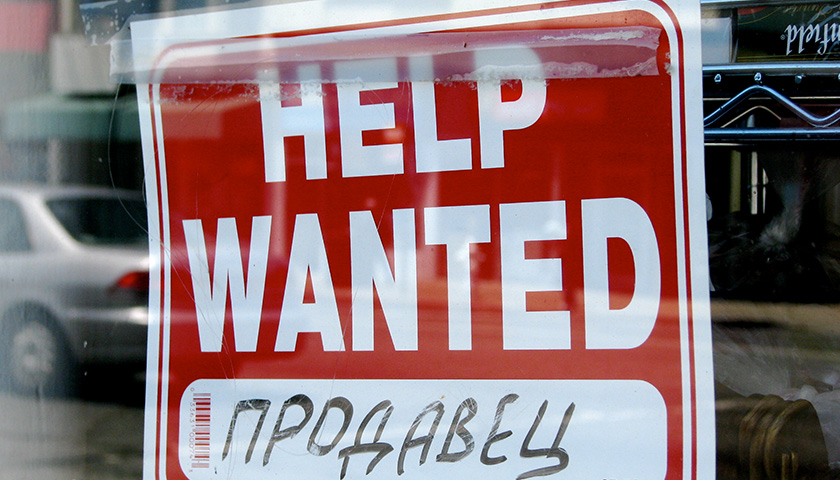The U.S. added 303,000 nonfarm payroll jobs in March as the unemployment rate ticked down to 3.8%, according to Bureau of Labor Statistics (BLS) data released Friday.
Economists anticipated that the country would add 200,000 jobs in March compared to the 275,000 jobs that were added in initial estimates for February, and that the unemployment rate would remain unchanged at 3.9%, according to Reuters. The job gains are in spite of persistent layoffs that reached a 14-month peak in March at 90,309.
Read More













